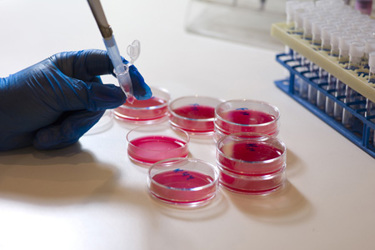Beyond Definitions: The Intricacies Of Cell Therapy Categorization
By Louis Cicchini, director, scientific affairs, cell & gene therapy at Cencora

Since its 19th-century origins, cell therapy has grown into a sophisticated field, addressing diseases from cancer to rare genetic disorders. Advanced therapies, such as CAR-T cell treatments for cancer, demonstrate the scope of cell-based interventions. Regulatory agencies, like the FDA and EMA, provide definitions to distinguish between various therapies, such as cellular therapies, cancer vaccines, and tissue transplants. Both emphasize the need for defined composition and functionality in cellular products, ensuring these therapies are distinctly categorized from traditional tissue transplants.
Manufacturing processes and intended use further differentiate cell therapies from traditional approaches. Regulatory frameworks require that cell-based biological drugs are highly manipulated and intended for non-homologous functions, setting them apart from treatments like hematopoietic stem cell transplants. Innovations in the field also include integrating scaffolds or matrices to support cell-based structures, with such combination products classified and regulated under specific guidelines.
Gene-modified cell therapies add another layer of complexity. While CAR-T therapies are termed "cell therapy," genetically corrected stem cell therapies are often called "gene therapy," based on their primary function—either enhancing immune response or delivering genetic corrections. A standard naming convention is essential to streamline communication and development processes as cell therapy becomes more interdisciplinary. As cell therapy advances, understanding these distinctions will guide clearer regulatory pathways and foster its transformative potential in medicine.
Get unlimited access to:
Enter your credentials below to log in. Not yet a member of Cell & Gene? Subscribe today.
